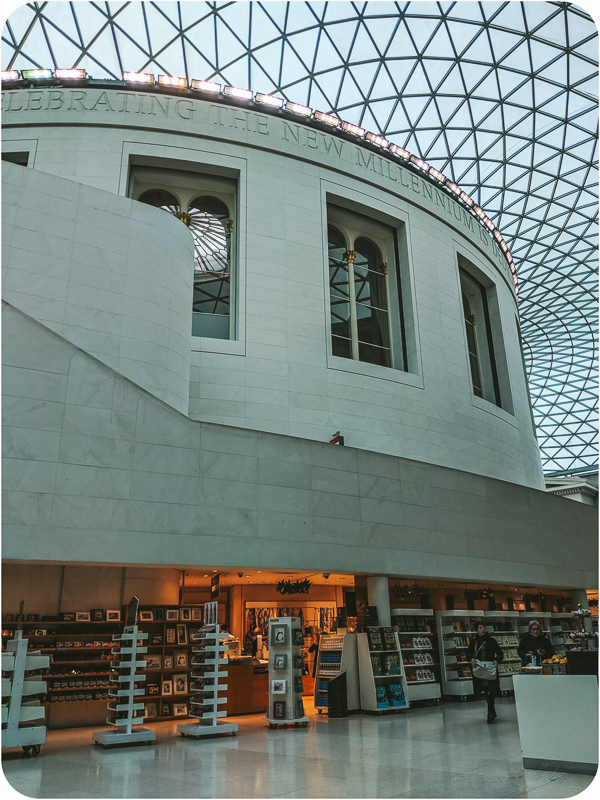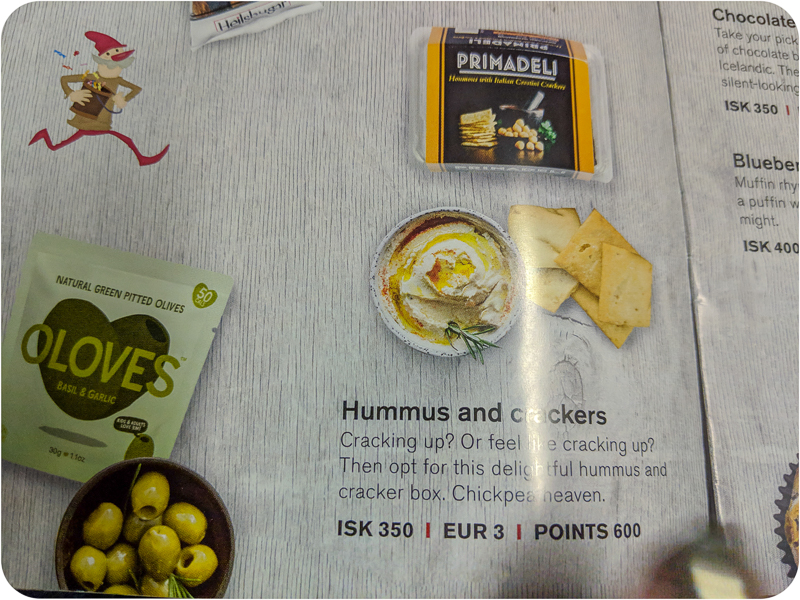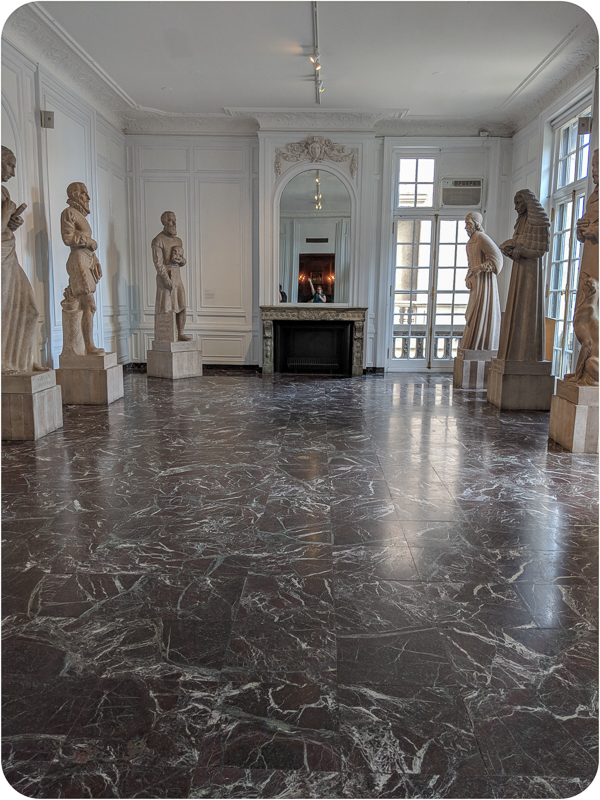We had but a scant half day in London before we had to catch the Eurostar to Paris, and we elected to spend it at the British Museum, mostly browsing the Sir Joseph Hotung Gallery of China and Southeast Asia. The last time I visited, security did a very cursory glance into my purse. This time, the guard very nearly unpacked the whole of my backpack; if you haven’t had the joy of having a stranger paw through your clean and dirty underwear on a table in front of spectators, just know that it’s a really special experience.
Date Archives June 2019
Hyde Park’s Winter Wonderland
Jason and I flew to London on yet another screaming deal from IcelandAir. The plan was to arrive hungry, ready to hit the Borough Market, but on our flight, Jason broke down and ordered the admittedly delicious-looking pizza and hummus as a snack. And while I know that jokes about the quality of airline food had their time in 1991, what the flight attendant delivered to his seat in the name of each of those foods is, if not a violation of the Geneva Convention, at the very least, a crime against humanity’s tastebuds. The hummus was dry and crumbly and I refuse to call to that odd, sweaty cheese tart “pizza”. The pizza in the photograph and the congealed food item that arrived look like they were made on different planets. It’s like it was made by someone who had only ever read about pizza in an illustrationless book but was intrigued by the concept.
Chicago: Surgery and Stamen, Puerperal and Purpurea
It was our last day in Chicago as a triad, and we started it at the International Museum of Surgical Science. I haven’t often considered the great debt I owe to history’s physicians, and I take the relative ease with which many formerly deadly ailments can be healed for granted. Which, when I really think about it, is wild. It was just 100 years ago that a broken femur meant an 80% mortality rate. An 80% chance of dying from a broken bone! The Thomas splint, introduced in 1916 by Hugh Owen Thomas, the father of orthopedic surgery in Britain, reduced the mortality rate from 80% to 20%.
About 200 years ago, doctors started to believe in germs, but there were holdouts into the mid-late 1800s who staunchly refused to accept or understand their role in transmitting disease from patient to patient. Before the germ theory of disease was accepted (the idea that microorganisms invade the bodies of humans and animals and it is their growth and reproduction that cause disease), doctors would go from patient to patient or from an autopsy to a birthing without washing their hands or changing their clothes despite their being “most thoroughly imbued with effluvia“. Disease was thought to be caused by an “imbalance of humours” or by walking through bad air.
Anesthesia was developed around the same time, with the first successful anesthetized procedure occurring in 1846, and while many doctors were excited about its surgical possibilities, there were, again, some holdouts who considered its use wrong and even immoral. “I think anesthesia is of the devil and I cannot give my sanction to any Satanic influence which deprives a man of the capacity to recognize law! I wish there was no such thing as anesthesia! I do not think men should be prevented from passing through what God intended them to endure!” remarked William Henry Atkinson, physician and first president of the American Dental Association, which makes me wonder what I’m intended to endure when I purchase a toothbrush or paste endorsed by the ADA.



